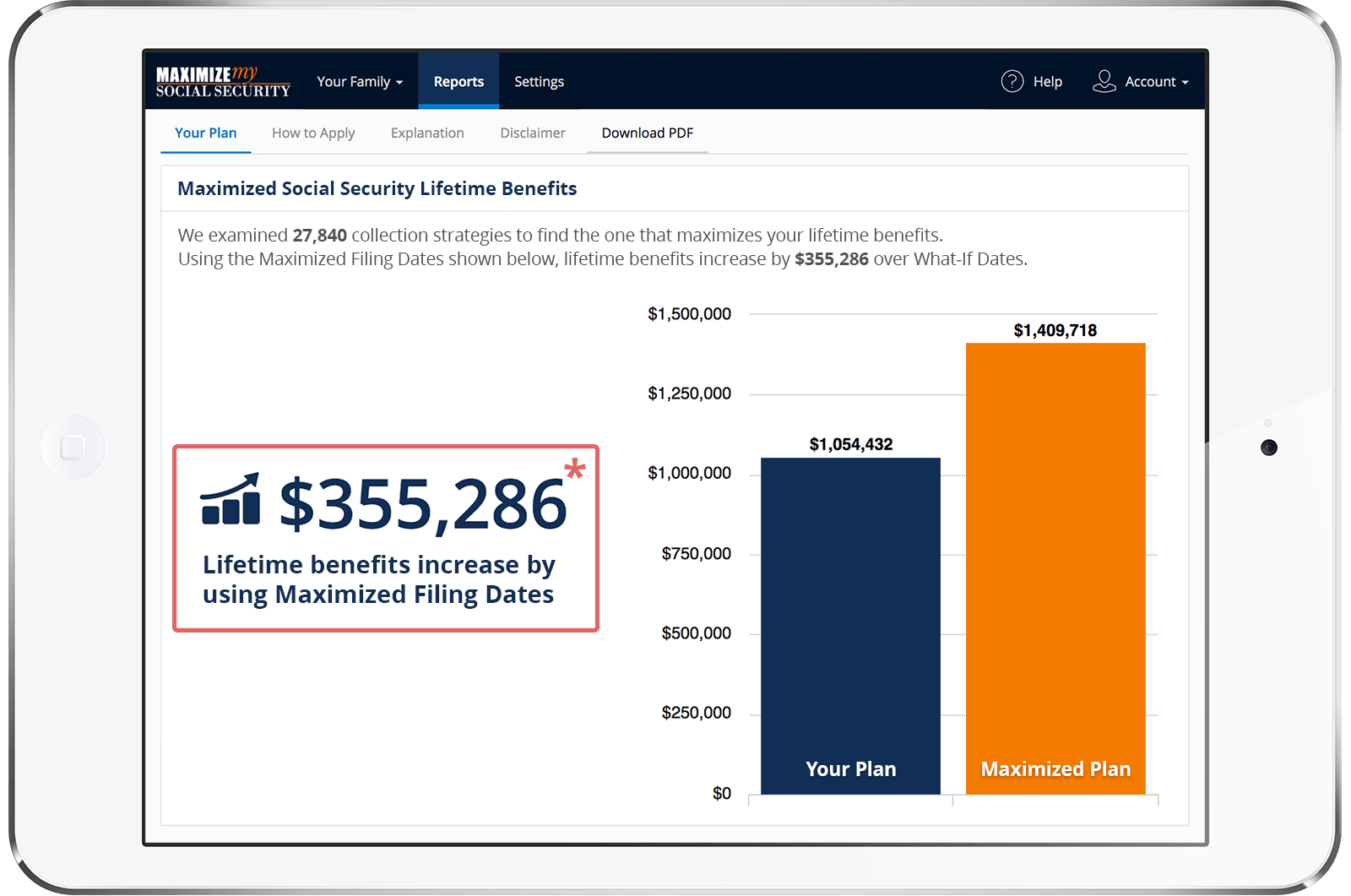My wife is 62 and has earned enough credits to qualify for her own SS benefits, although minimal -$250 a month at 62. She hasn't applied for benefits to date.
I am 60, plan to work until 66 and 8 months and then file for my SS. I have maxed out on my SS earnings for many years and will until I retire.
If my wife never applies for her SS and waits to file for spousal benefits until I retire at 66 and 8 months (she'll be 69), will she get the full 50% spousal benefit?
If she applies for her own SS benefits now at 62 and then applies for spousal benefits when I turn 66 and 8 months, how much will that reduce her 50% spousal benedit?
Thank you.
Hi,
Yes, your wife would get 50% of your full retirement age rate, or primary insurance amount (PIA), if she doesn't file for any benefits until you file for your benefits when she's 69, but it doesn't sound like that would be her best option. Unless your wife's own benefit rate would grow to more than half of your PIA if she waited until age 70 to file, she would want to file for her own Social Security retirement benefits no later than her full retirement age (FRA).
Here's an example. Say Suzy qualifies for Social Security retirement benefits based on her own work record and her PIA is $250. If Suzy waits until age 70 to file for her benefits her rate would grow by up to 32%, which could raise her monthly rate to $330. Suzy's husband is 3 years younger than her, and his PIA is $2000. Suzy waits until she's 69 and then files for both her retirement benefits and spousal benefits when her husband files for his benefits at age 66. Suzy's spousal benefit would be calculated by subtracting her age 69 retirement benefit rate of $310 from 50% of her husband's PIA. In this example, that would amount to a spousal benefit of $690 (i.e. $2000/2 - $310) which would be paid in addition to Suzy's own retirement benefits to give her a combined rate of $1000, or 50% of her husband's PIA.
What Suzy should have done in the above example was start drawing her own benefits at FRA, in which case she would have drawn her PIA of $250 per month for 3 years, and then file for spousal benefits when her husband applied for his benefits. Suzy's spousal benefit would then be $750 (i.e. $2000/2 - $750), so she would still end up with the same $1000 per month combined rate that she'd receive if she doesn't file for any benefits until age 69. In other words, Suzy would simply be losing $3000 per year (i.e. $250 x 12) by not filing for her own retirement benefits at FRA.
Suzy could file for her own benefits at age 62 instead, but her benefit rate would then be reduced for age and that reduction would continue even after she later becomes eligible for spousal benefits. Continuing our example above, if Suzy starts drawing her benefits at age 62 she'd get a reduced rate of roughly $185. When Suzy files for spousal benefits when her husband later applies, her unreduced spousal rate would be calculated by subtracting her PIA of $250 from 50% of her husband's PIA, or $750 in our example. That would then be added to Suzy's reduced retirement benefit to give her a combined rate of $935. In other words, the $65 reduction that Suzy took in return for starting to draw her benefits early would continue even after she later becomes eligible for spousal benefits.
You and your wife should strongly consider using our software to compare all of your various options in order to determine your optimal strategy for claiming your benefits.
Best, Jerry
